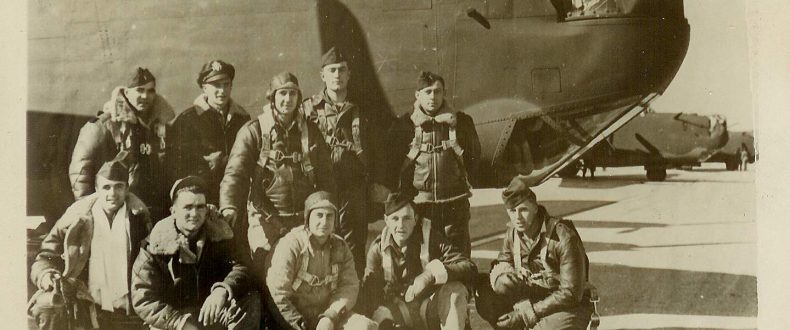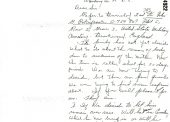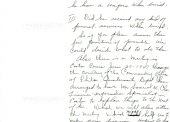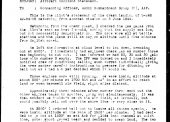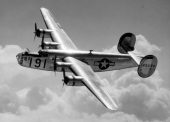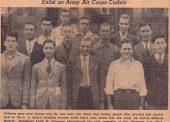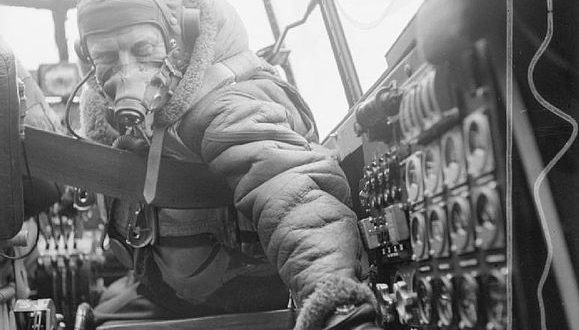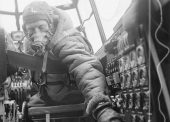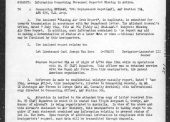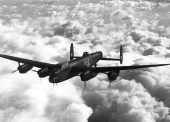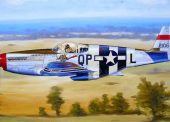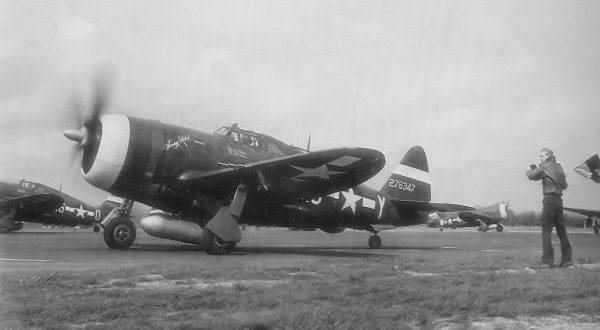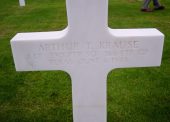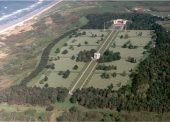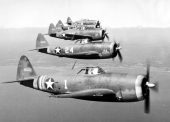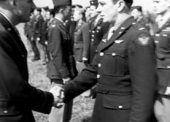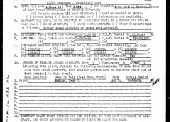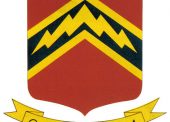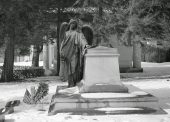“Maxwell House”
The desperate search for 2nd Lt. Peter Pokrifcsak
The letter was dated July 2, 1944. Like so many tens of thousands written during the War, it was a plea for information, any information at all. It was written by Ellen Kroboth, girlfriend of 2nd Lieutenant Peter G. Pokrifcsak and friend of his family. (Ellen's last name is misspelled in the typed letter.)
Chaplain Frank L. Whitney:
I am writing on behalf of Lt. Peter Pokrifcsak’s family and myself. We want to thank you very...
B-Beer
Like many young Americans, Carl Joseph Van Horn, of Columbus, Ohio, was eager to “get into the fight.” So, in July of 1941, he joined the Royal Canadian Air Force, and was trained as a navigator.
When America entered the war in December of 1941, Van Horn stayed with the RCAF, while being assigned 12th Replacement Depot of the United States Air Corps.
While flying out of Coningsby, he flew a number of night missions, as Commonwealth crews typically did. He was credited with flying...
Caboose Blue Section
It was June 6, 1944. The 4th Fighter Group, flying the P-51 Mustang, was on a fighter sweep over Northern France in support of the D-Day landings taking place that day.
No one saw the Mustang, piloted by 1st LT Harold L. Ross, Jr., of Greensboro, NC, go down. The only description of his last mission came from 1st LT Ralph K. "Kidd" Hofer, himself shot down and killed less than a month later, on July 2, 1944.
“I was leading ‘Cobweb Red Section.’ We were split up due to abortives, so...
“A Steady Stream of Gray Smoke”
The visibility was poor - 800 to 1000 feet - with localized rain squalls. The P-47 ‘Thunderbolts of the 366th Fighter/Bomber Group were going after German troop concentrations in the area of Bayeux, France, on D-Day, June 6, 1944.
P-47 tail # 42-26292 was being piloted by 1st Lieutenant Arthur T. Krause, of Wyandotte County, KS. He had more than 35 missions to his credit.
1st LT Peter W. White was the last Allied flyer to see LT Krause. He provided the following testimony of what proved...
“Ace”
It was May 22, 1944. The 61st Fighter Squadron was over Rotenburg, Germany. Flight Officer (soon to be promoted to 2nd Lieutenant) Evan D. McMinn, of Pittsburgh, with the 56th Fighter Group (http://www.56thfightergroup.co.uk/index.html), described what happened next:
Flight Officer McMinn had become an “ace,” the designation awarded when five or more enemy aircraft had been destroyed.
Two weeks later, on D-Day, June 6, 1994, the newly-promoted 2nd Lieutenant McMinn was with his...
